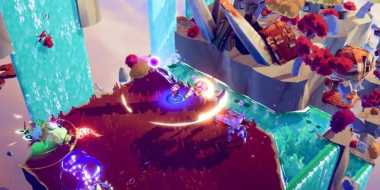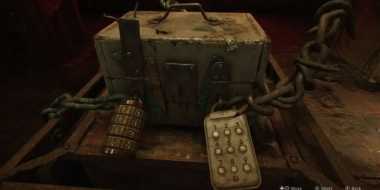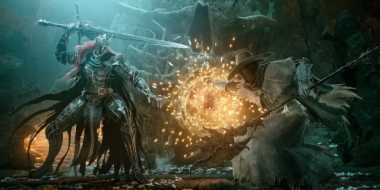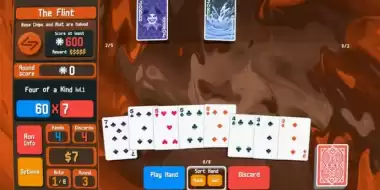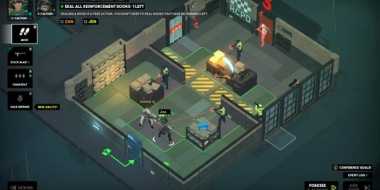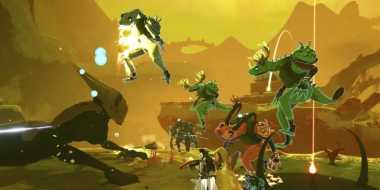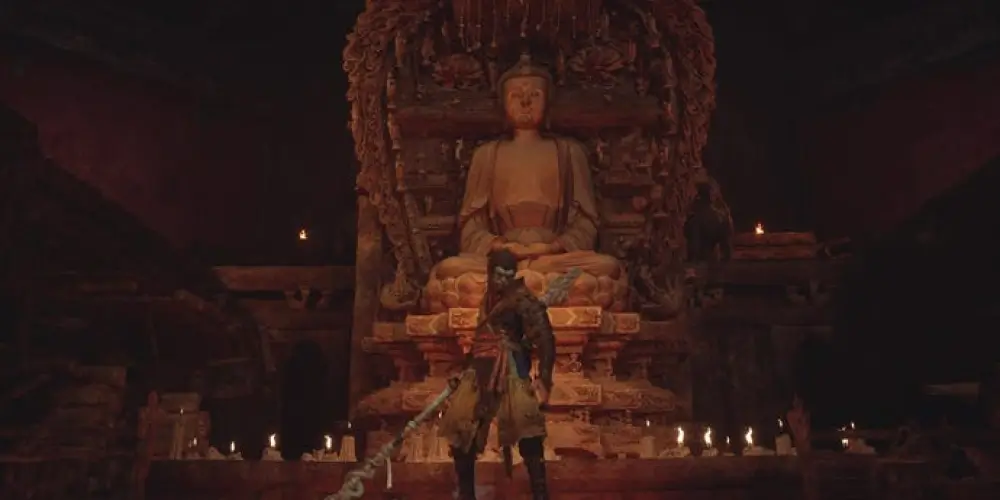

Black Myth: Wukong Needs a Discovery Mode Like Assassin's Creed
27/08/2024 Sean Williams 905
One of the most innovative features in recent Assassin's Creed games—Valhalla, Odyssey, and Origins—is the Discovery Mode. Instead of focusing on combat, this mode lets players explore the game world through guided tours curated by historians. Imagine swapping out your hidden blade for a history lesson, where you can wander ancient Egypt, Viking-era England, or classical Greece, soaking up the culture and history behind these beautifully rendered settings. It’s an educational experience that adds depth to the game’s immersive world, allowing players to appreciate the historical context without the distraction of constant combat.
Now, imagine if Black Myth: Wukong had a similar mode. Throughout my time playing, I found myself frequently pausing to admire the game’s stunning environments and intricate character designs, all of which are steeped in Chinese mythology and history. What if, instead of using the protagonist’s staff solely for combat, you could use it as a pointer to uncover the rich stories behind the architecture, characters, and landscapes?
For those unfamiliar, Black Myth: Wukong is an action-adventure game heavily inspired by the classic Chinese novel Journey to the West. You play as a nimble monkey warrior, navigating lush forests, golden deserts, and grand pagodas, all while battling a variety of fantastical foes—from electrified giant frogs to dragons and corrupted monks. But between these intense combat sequences, there’s a wealth of cultural beauty waiting to be explored.
Imagine being able to pause the action and read about the inspiration behind the game's character designs, like the sage who looks like a wise, aged potato, or the intricately carved statues in the tiger temple. A Discovery Mode could offer insights into these elements, giving players a deeper appreciation of the game’s world and the cultural significance behind it.
Sure, the game already provides text descriptions of key characters and enemies, and yes, Journey to the West is available to read. But neither of these options offers the same level of immersion and education that a Discovery Mode could. A mode like this could introduce players to ancient Chinese history and mythology, showcasing the real-world inspirations behind the game’s environments and characters. After all, China has a rich history full of breathtaking sites and profound cultural importance that deserves to be highlighted in a game of this scale.
The game’s linear structure would lend itself well to such a mode, perhaps allowing players to transform into a cicada and explore points of interest while a monk narrates the significance of terrapin-shaped incense burners or the engravings on a vase. Developers at Game Science mentioned in a preview that they’ve visited over 100 real-world sites since 2021 for 3D environment scanning—imagine if players could learn about these sites and how they influenced the game’s design.
Of course, the more complex issue is how Game Science would approach such a mode given their hesitancy to address the game’s relevance to modern China. The studio has remained tight-lipped in response to reports of sexism within the Chinese gaming industry, and their partners at Hero Games have advised content creators to steer clear of “politics” and “feminist propaganda” when discussing the game. While it’s unclear whether this stance comes from the developers themselves or a need to appease Chinese censors, it could make the inclusion of a Discovery Mode a delicate matter.
But it’s a shame to let these issues overshadow the sheer potential of Black Myth: Wukong as a cultural and educational experience. There’s so much to be curious about in this game’s world, and a Discovery Mode could satisfy that curiosity without the need for combat. Imagine wandering through the world, shaking hands with the rats, and pondering the meaning behind statues and temples. It would be a refreshing way to engage with the game, adding another layer of depth to an already fascinating experience.
 Recent Blogs
Recent Blogs
Alien Isolation Sequel Confi ...
10/10/2024 1098
Dread Dawn Review: Dawn’t Bo ...
08/10/2024 1271
Windblown: The Next Roguelit ...
06/10/2024 1208
Silent Hill 2 Remake Review: ...
04/10/2024 1396
CI Games Tease New Lords Of ...
02/10/2024 984
 Trending Blogs
Trending Blogs
Balatro Review: A Must-Play ...
02/08/2024 2131
Tactical Breach Wizards Revi ...
21/08/2024 1701
Risk of Rain 2 Devs Stand by ...
02/09/2024 1438
Silent Hill 2 Remake Review: ...
04/10/2024 1396
Baldur's Gate 3 Devs Tease F ...
05/08/2024 1324


